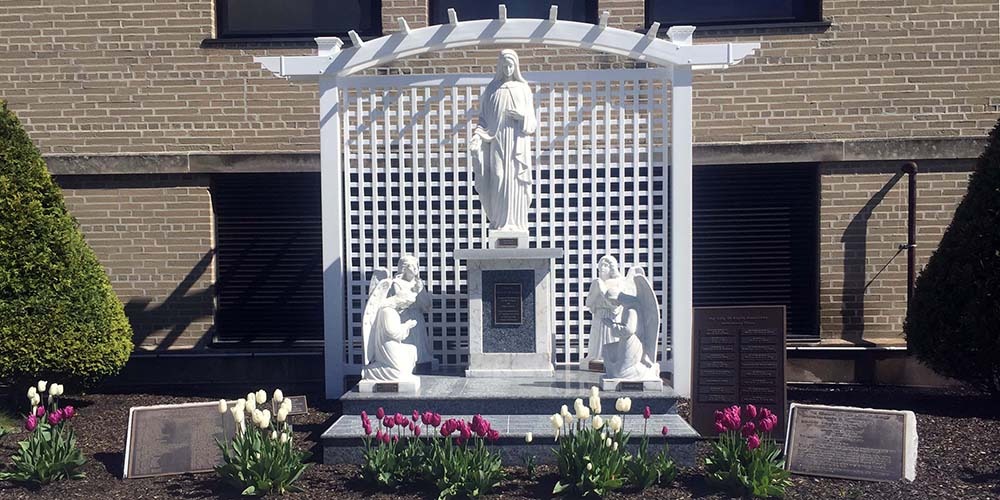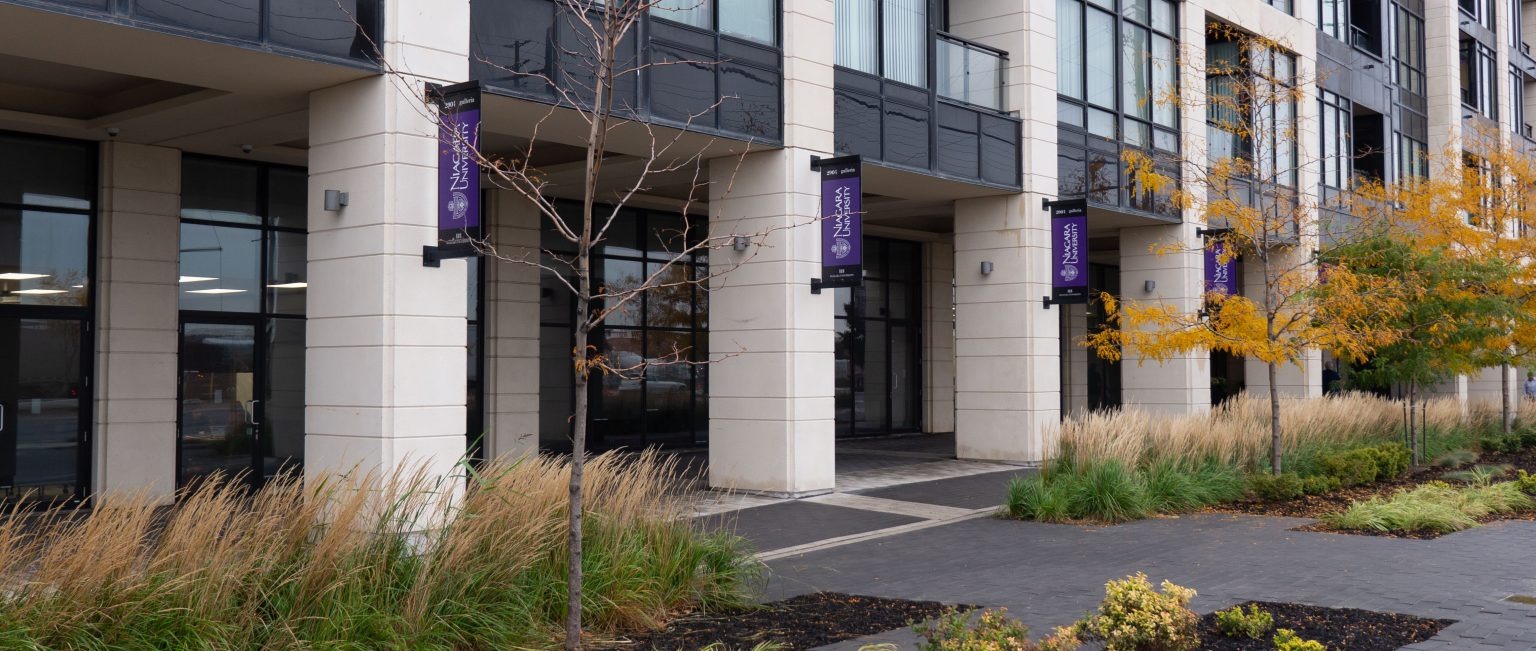Did You Know...
- The motto of Niagara University, “Ut Omnes Te Cognoscant,” translated means “That All May Know You.” It is derived from the Gospel of St. John.
- Father John J. Lynch, C.M., co-founder of Niagara University, was consecrated bishop of Toronto on Nov. 20, 1859. He became the first archbishop of the archdiocese of Toronto.
- Niagara became a member of the Middle States Association of Colleges and Schools in January 1922, two years after the association was formed.
- Niagara’s colours, purple and white, are taken from the university’s seal.
- On January 21, 2019, Niagara University in Ontario opened its new site in Vaughan to more than 300 Faculty of Education Students.
- On December 24, 2019, Niagara University in Ontario received consent from the Minister of Colleges and Universities to offer three new programs from its site in Vaughan. These included a MBA, and MS Information Security and Digital Forensics.
- In Fall 2020, Niagara University in Ontario welcomed its inaugural classes for the MBA and MS ISDF programs.
- In Fall 2024 students begin to enrol in Master of Arts in Criminal Justice Administration program and Master in Disaster/Emergency Management and National Security.
- In Fall 2025, Niagara completed an 18,000 square foot expansion dedicated to the Cortellucci family.




